Limbo Museum: celebrating the architectural legacy of ‘unfinished business’
We’re won over by Limbo Museum and the work of Limbo Accra, which is bringing new life to abandoned buildings across West Africa, and wins a Wallpaper* Design Award 2025
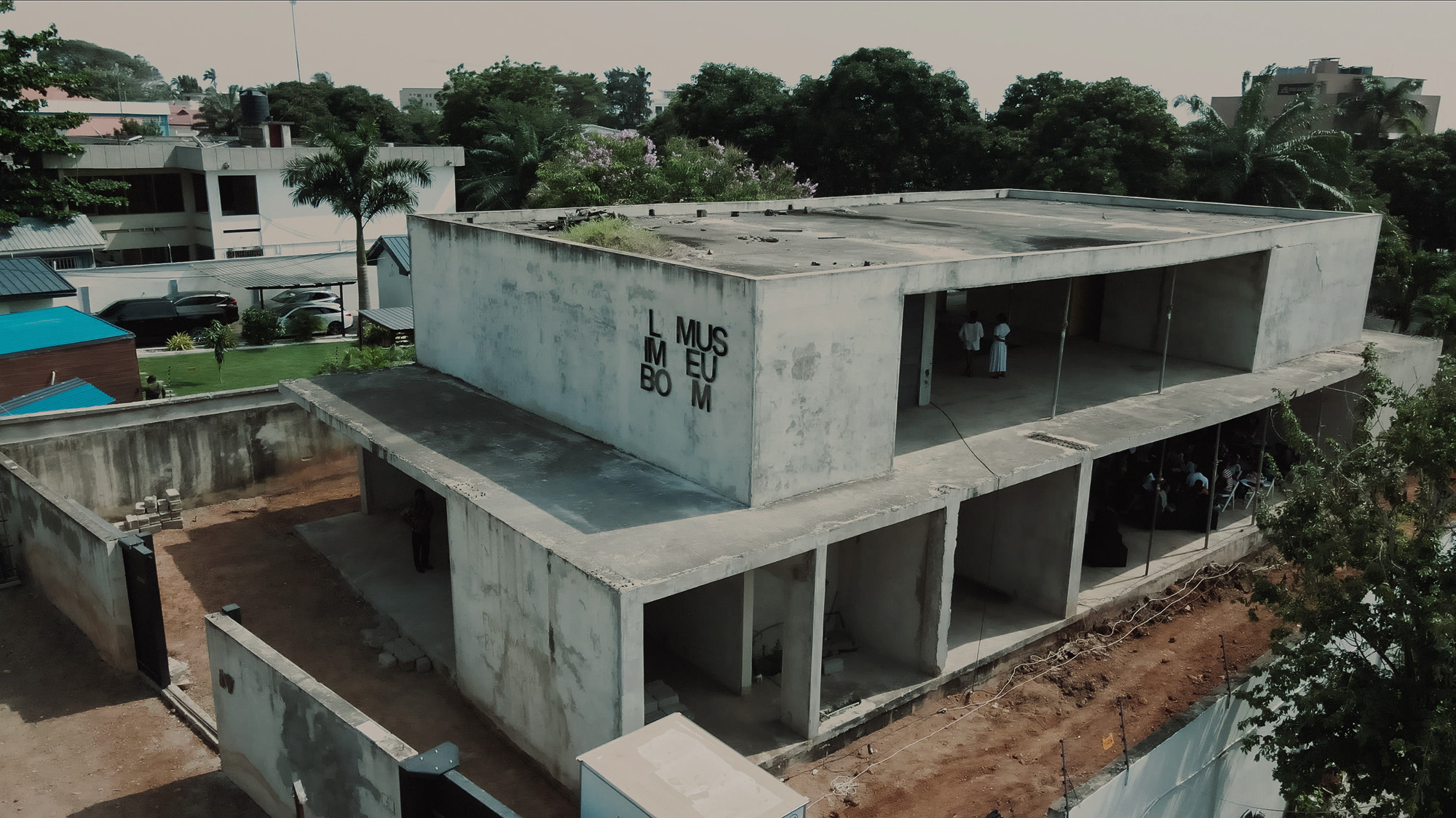
‘The time has come to reimagine skeletal voids and envision new futures within them,’ says Dominique Petit-Frère, co-founder of Limbo Accra. Over the past six years, the spatial design studio has built a compelling portfolio centred on researching, archiving and transforming unfinished buildings, turning contemporary ruins into vibrant cultural venues. The studio’s output embodies the zeitgeist for rethinking the global built environment. ‘The concept of ruin is central to our work, as we see it as a way to explore impermanence and transformation,’ says Petit-Frère.
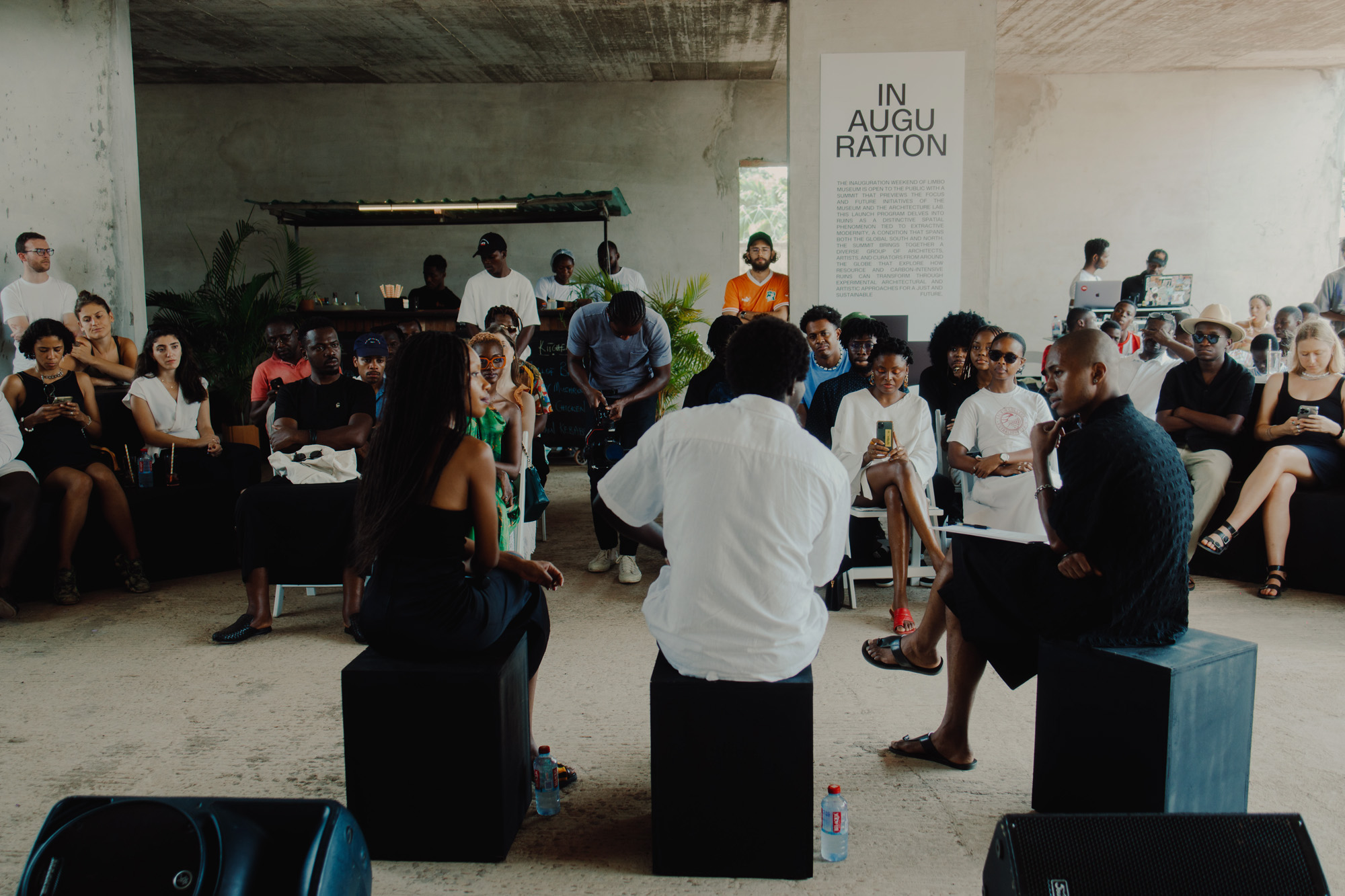
Inside Limbo Museum and Limbo Accra's work
Petit-Frère founded the studio in 2018 with Emil Grip, deriving the name in reference to the in-between state of construction in West Africa. According to Petit-Frère, these buildings have been left in a state of ‘limbo’, and much of the studio’s work touches on the legacy of these existing structures. ‘Legacy isn’t just about the structures we leave behind, but the ideas, conversations and relationships they inspire,’ says Petit-Frère. The pair are interested in how forward-thinking interventions in existing buildings can create new discussions and opportunities. ‘We’re inspired by the belief that architecture can shape not just physical spaces, but social and cultural realities.’
A career-defining moment for Limbo Accra came when they presented ‘Super Limbo’ at the second edition of the Sharjah Architecture Triennale in 2023. For the practice’s first global undertaking, they installed fabric forms inside one of the UAE’s largest unfinished structures. ‘We were invited to activate the space for a couple of months, connecting West African contemporary architecture to the Middle East,’ says Petit-Frère. The building was a powerful opportunity for the practice to engage with an international audience while also highlighting the potential of modern architectural ruins.
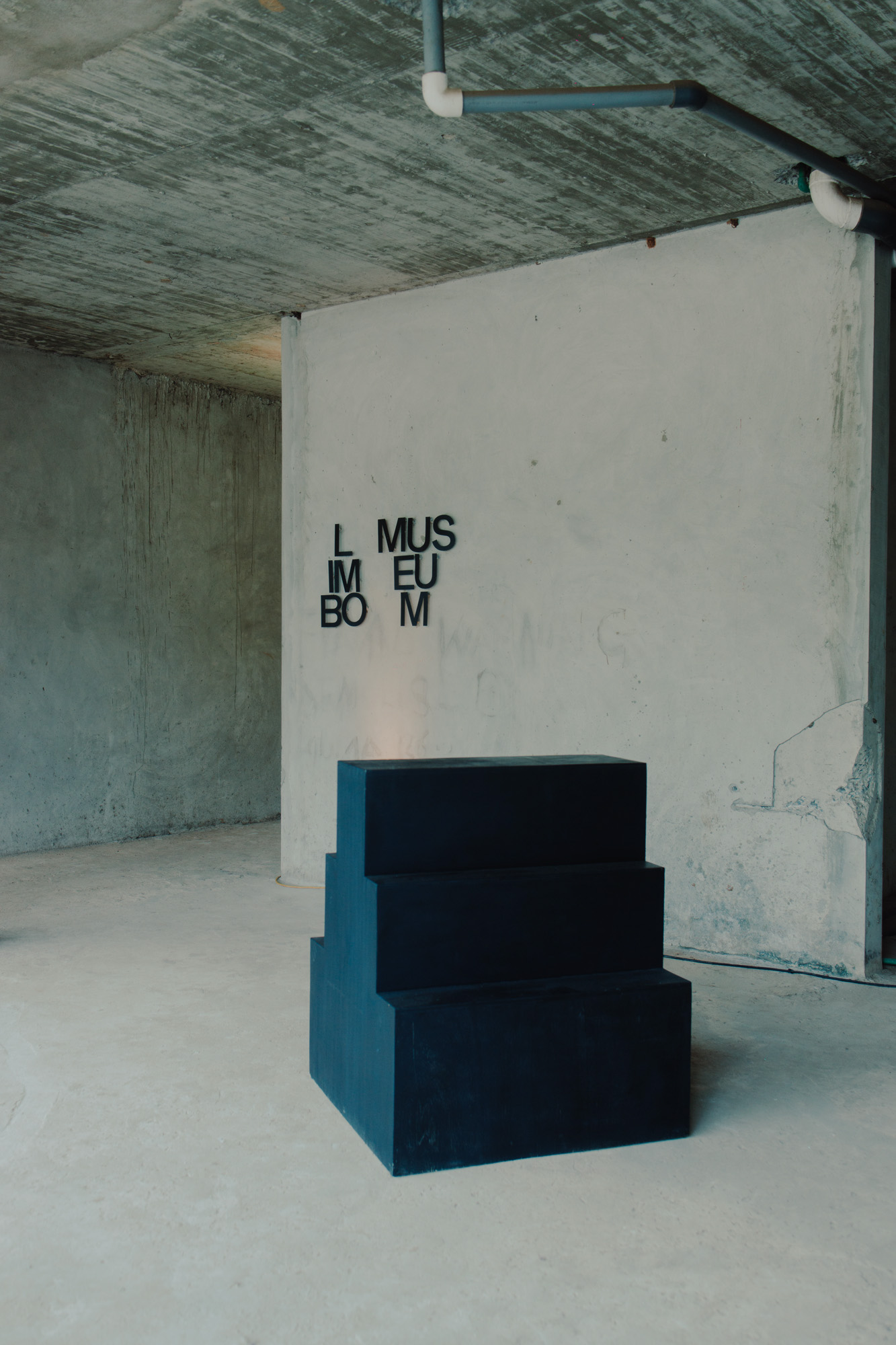
Another notable project is The Liminal Archive, a digital database of incomplete buildings across the globe produced using photogrammetry. More recently, Limbo Accra completed its first landscape project, Duho Pavilion, which seeks to honour indigenous Caribbean people. For this project, the duo installed 30 elegant metal poles at an abandoned hotel in the Cayman Islands. ‘This was particularly exciting because it allowed us to explore a new realm of design and connect the architectural
form of ruins with the natural environment in a completely different way.’
Limbo Accra’s latest project, Limbo Museum, imbues an incomplete space in the Accra neighbourhood of Labone with a new legacy. Founded by the spatial design studio, in collaboration with curator Diallo Simon-Ponte and architect Lennart Wolff, the museum lives inside the shell of an incomplete brutalist building. Boasting 600 sq m across two floors, the scheme now functions as a cultural hub, research lab and exhibition space where architecture and art meet. ‘Limbo Museum embodies the potential for a new approach to architecture in unfinished or overlooked spaces’ says Petit-Frère. ‘The building is designed to engage with Ghana’s shifting cultural, ecological and political landscapes while addressing themes of relevance on a global scale.’

Limbo Accra co-founder Dominique Petit-Frère
The museum opened its doors last November, but the idea for the building had been in the works since the duo started their studio in 2018. ‘We wanted to rethink the role of institutions in architectural practice, and to create a space where architecture, art and design could intersect in new and radical ways,’ says Petit-Frère.
For the museum’s opening, there was a three-day summit that brought together creatives such as Ibrahim Mahama, Nana Biamah-Ofosu and Tosin Oshinowo, who discussed archiving, preserving and the African built environment. As part of the launch, the museum hosted a webinar on ‘Ruins and Data Architectures’, as well as panel discussions and guided tours. ‘The summit was a call to action to rethink what architecture can be and how we engage with the spaces around us,’ says Petit-Frère. ‘It was very important for the opening week inauguration to be a time of listening and study,’ says Simon-Ponte.
Wallpaper* Newsletter
Receive our daily digest of inspiration, escapism and design stories from around the world direct to your inbox.
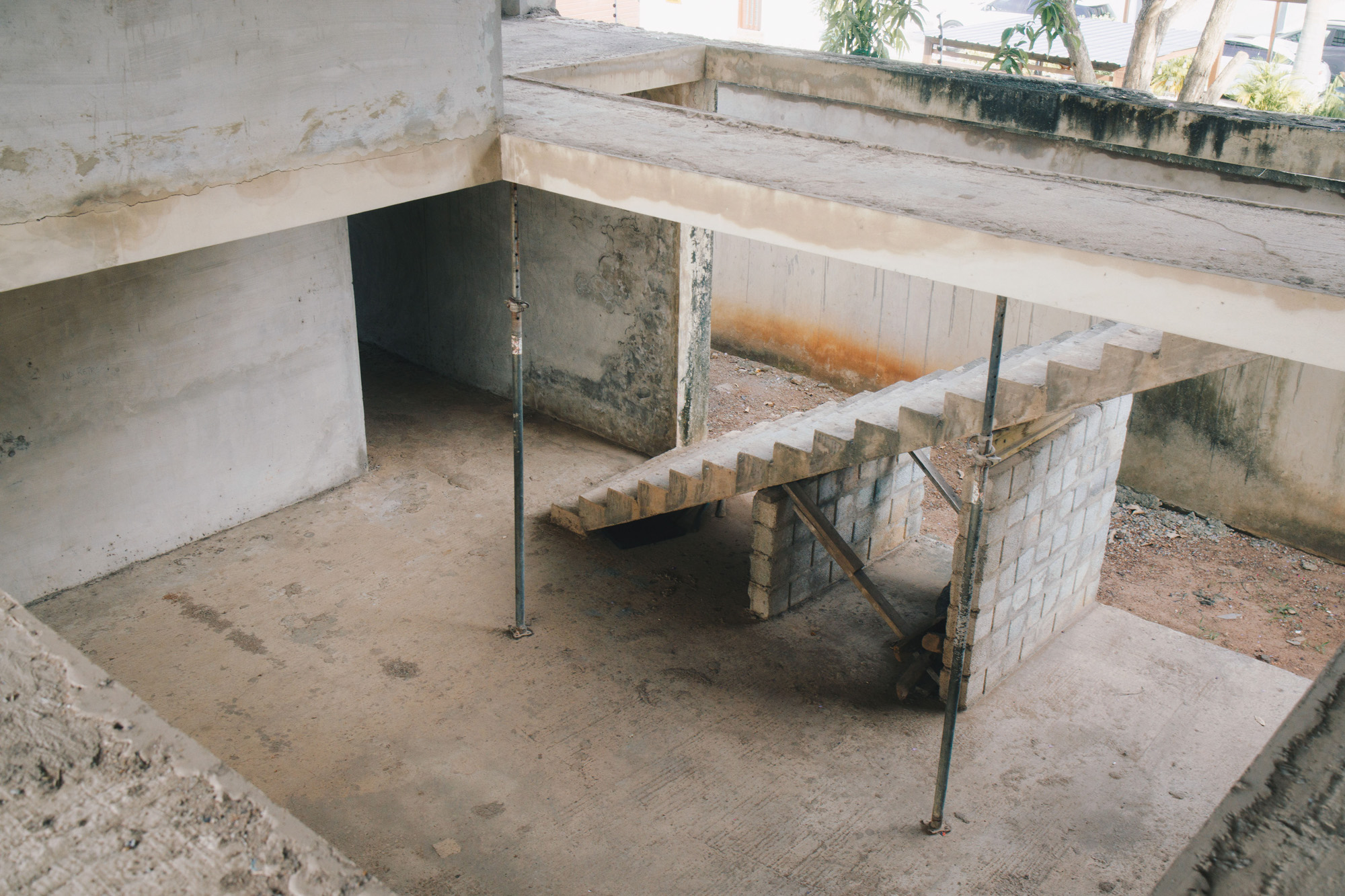
One of the museum’s critical pillars is the Limbo Architecture Lab, organised by Wolff. ‘The Lab is not separate from the museum’s artistic programme, but instead converges and extends the artistic projects,’ says the architect. The Museum will also host experimental research in architectural innovation in partnership with London’s Architectural Association. ‘Through partnerships with institutions like the AA Visiting School and the Kwame Nkrumah University of Science and Technology, we hope to create long-term collaborations that enrich architectural education and practice in West Africa and beyond,’ adds Petit-Frère.

Limbo Accra co-founders Dominique Petit-Frère and Emil Grip in Accra
Moving forward, the Limbo Accra team aims to create a programme of exhibitions, workshops and public events that will foster and develop community involvement. ‘We believe that the museum can contribute to the cultural and intellectual vitality of Accra, enriching both local and international conversations about architecture, art and sustainable development.’
Limbo Accra’s transformative approach to architecture redefines what it means to engage with the built environment. By repairing and reimagining unfinished spaces, the studio creates dynamic platforms for dialogue, creativity and community, resulting in a new legacy for overlooked structures. Ultimately, Limbo Accra’s work reminds us that within every building skeleton lies the potential for new beginnings.
See more 2025 Wallpaper* Design Award-winning architecture projects
The Wallpaper* Design Awards 2025 winners are featured in full in the February 2025 issue of Wallpaper* , available in print on newsstands from 9 January 2025, on the Wallpaper* app on Apple iOS, and to subscribers of Apple News +. Subscribe to Wallpaper* today
Shawn Adams is an architect, writer, and lecturer who currently teaches at Central St Martins, UAL and the Architectural Association. Shawn trained as an architect at The Royal College of Art, Architectural Association and University of Portsmouth. He is also the co-founder of the socially-minded design practice Power Out of Restriction. In 2023, POoR won the London Design Festival’s Emerging Design Medal. Shawn writes for numerous international magazines about global architecture and design and aims to platform the voices of those living across the Caribbean, Asia, and Africa.
-
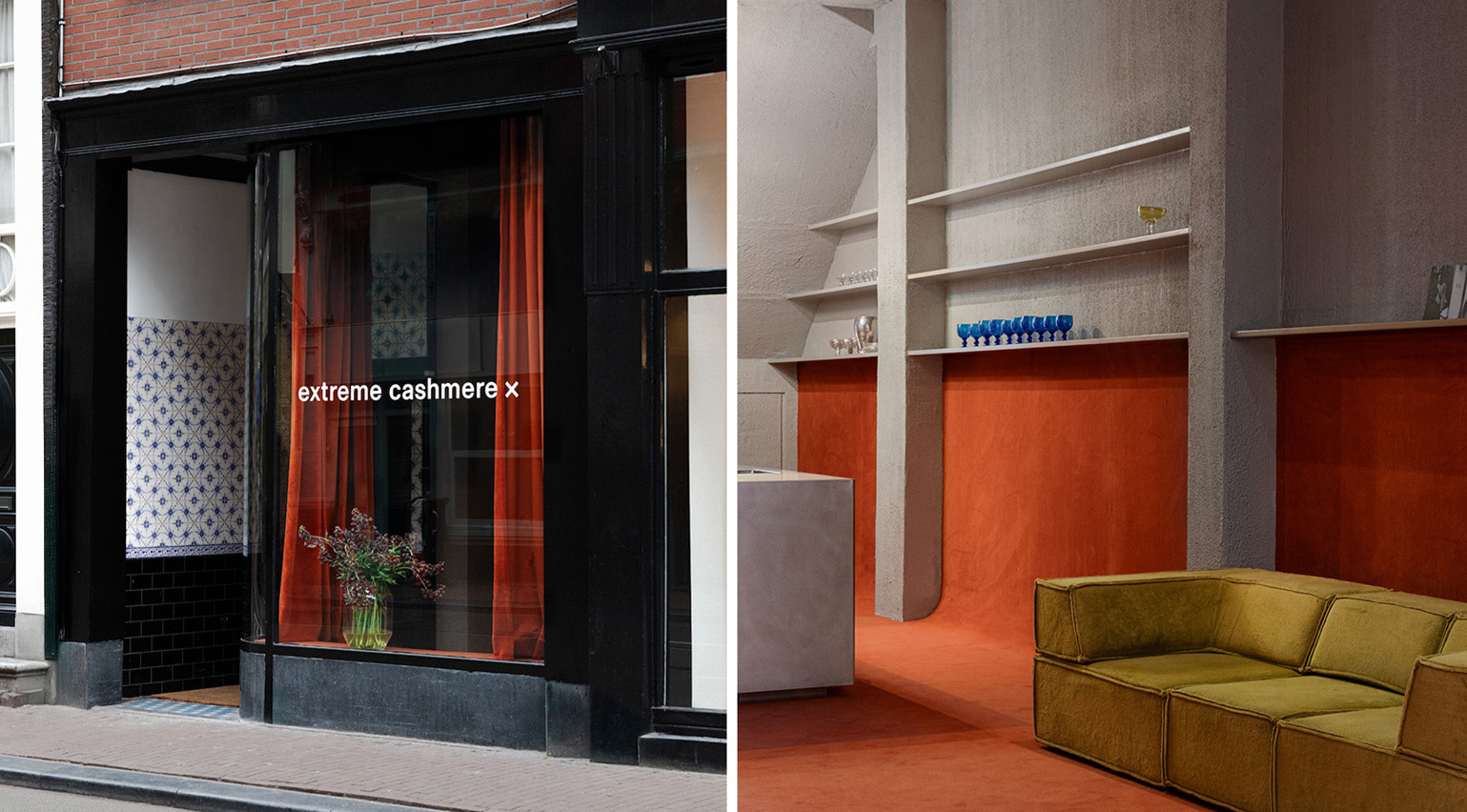 Extreme Cashmere reimagines retail with its new Amsterdam store: ‘You want to take your shoes off and stay’
Extreme Cashmere reimagines retail with its new Amsterdam store: ‘You want to take your shoes off and stay’Wallpaper* takes a tour of Extreme Cashmere’s new Amsterdam store, a space which reflects the label’s famed hospitality and unconventional approach to knitwear
By Jack Moss
-
 Titanium watches are strong, light and enduring: here are some of the best
Titanium watches are strong, light and enduring: here are some of the bestBrands including Bremont, Christopher Ward and Grand Seiko are exploring the possibilities of titanium watches
By Chris Hall
-
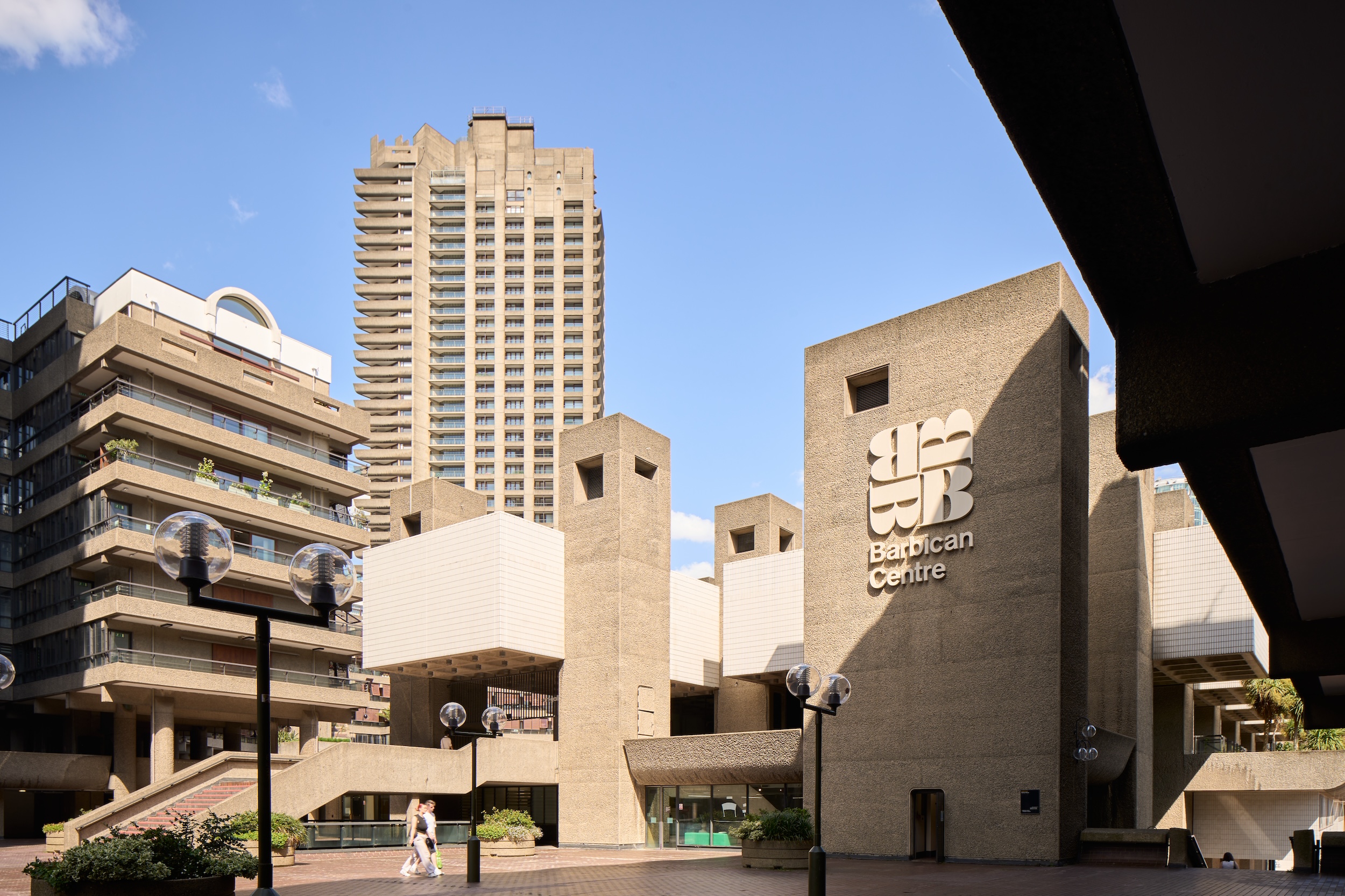 Warp Records announces its first event in over a decade at the Barbican
Warp Records announces its first event in over a decade at the Barbican‘A Warp Happening,' landing 14 June, is guaranteed to be an epic day out
By Tianna Williams
-
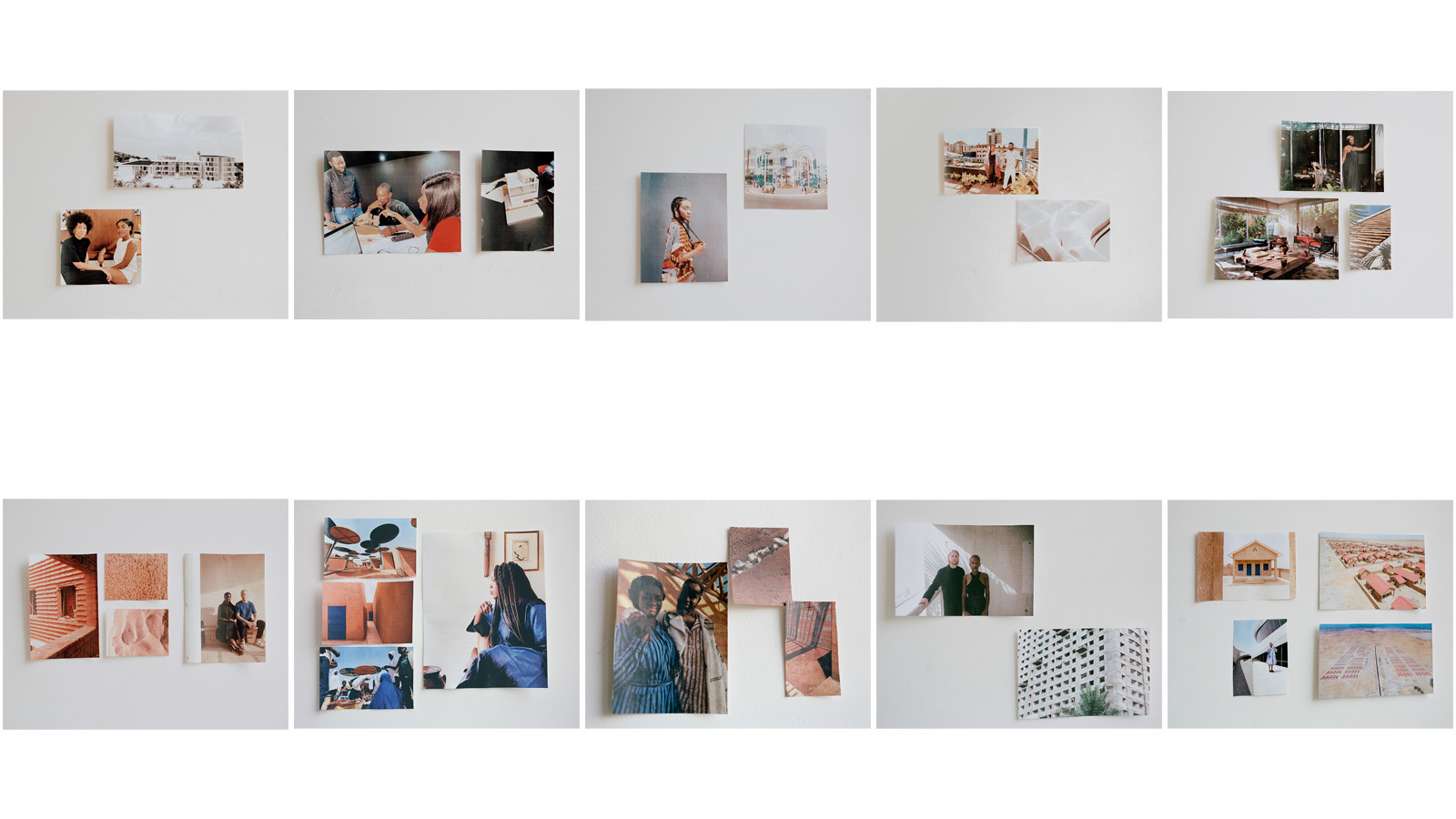 The 10 emerging West African architects changing the world
The 10 emerging West African architects changing the worldWe found the most exciting emerging West African architects and spatial designers; here are the top ten studios from the region revolutionising the spatial design field
By Ellie Stathaki
-
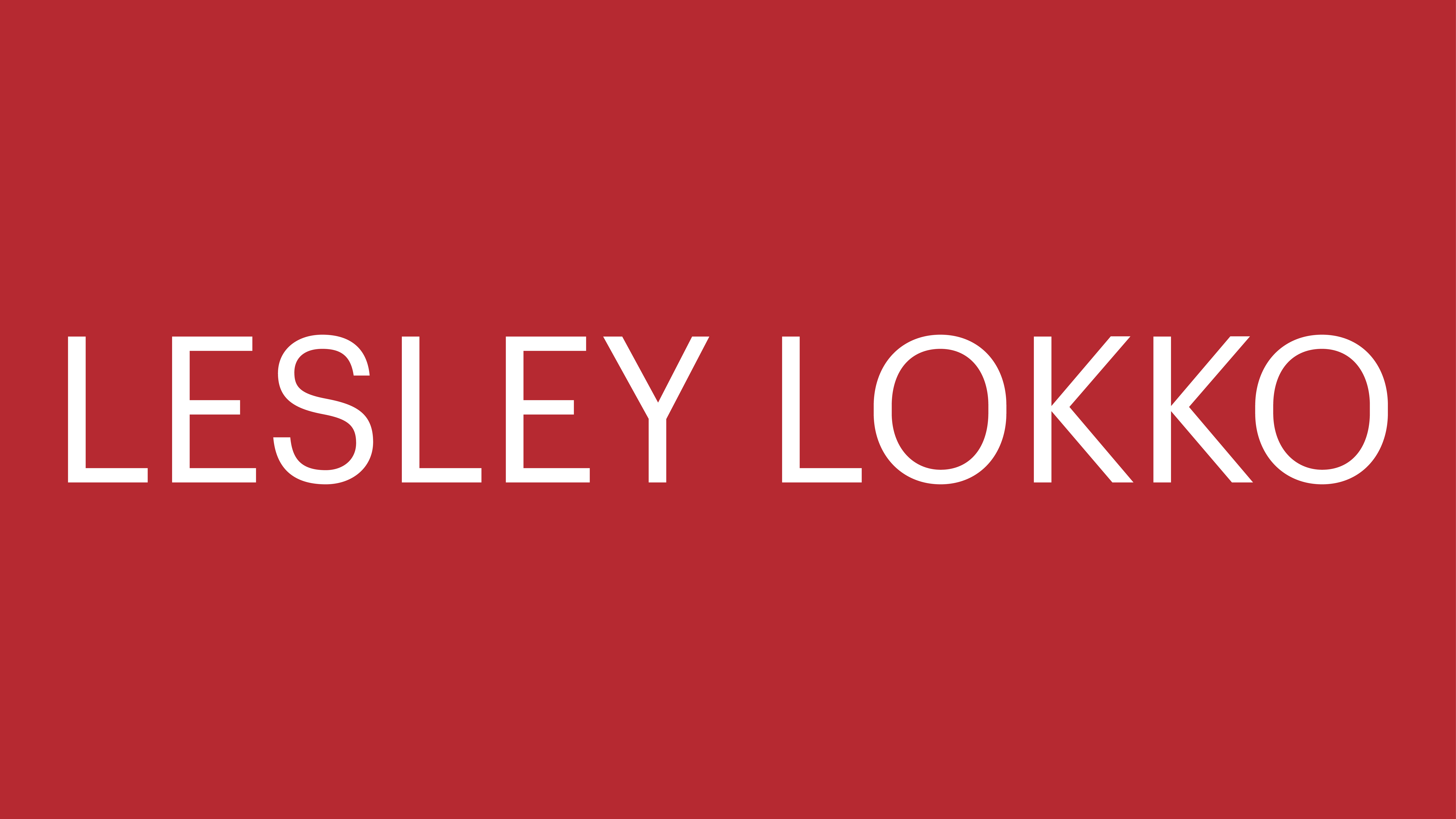 Lesley Lokko reviews 2024's wins, shifts, tensions and opportunities for 2025
Lesley Lokko reviews 2024's wins, shifts, tensions and opportunities for 2025Lesley Lokko, the British-Ghanaian architect, educator, curator, and founder and director of the African Futures Institute (AFI), has been an inspirational presence in architecture in 2024; which makes her perfectly placed to discuss the year, marking the 2025 Wallpaper* Design Awards
By Lesley Lokko
-
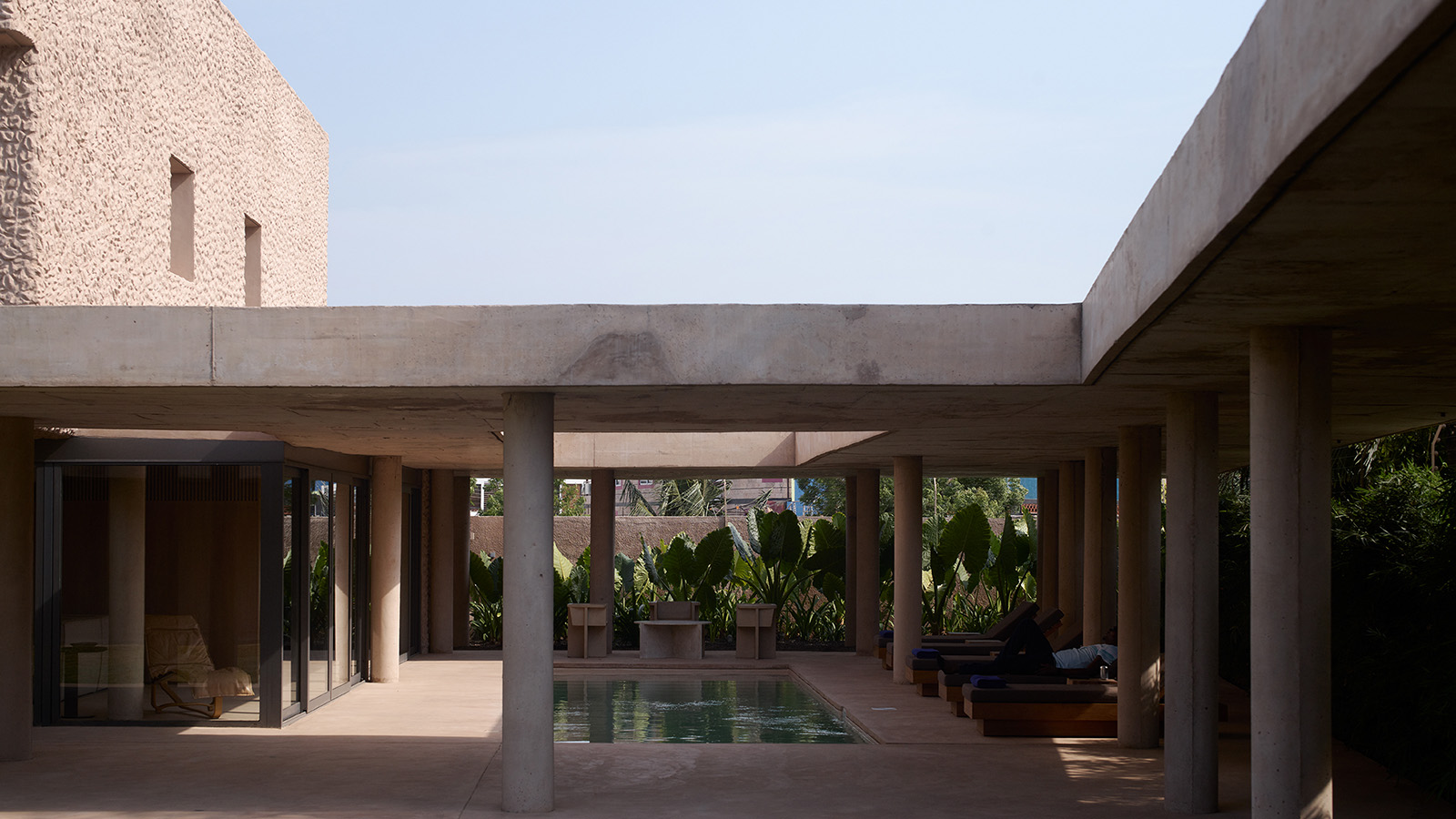 Dot.ateliers | Ogbojo is an 'oasis' for writers and curators in Ghana
Dot.ateliers | Ogbojo is an 'oasis' for writers and curators in GhanaDot.ateliers | Ogbojo in Accra, Ghana was designed by emerging studio DeRoché Strohmayer for artist Amoako Boafo as a writer’s and curator’s residency space for the country's creatives
By Ellie Stathaki
-
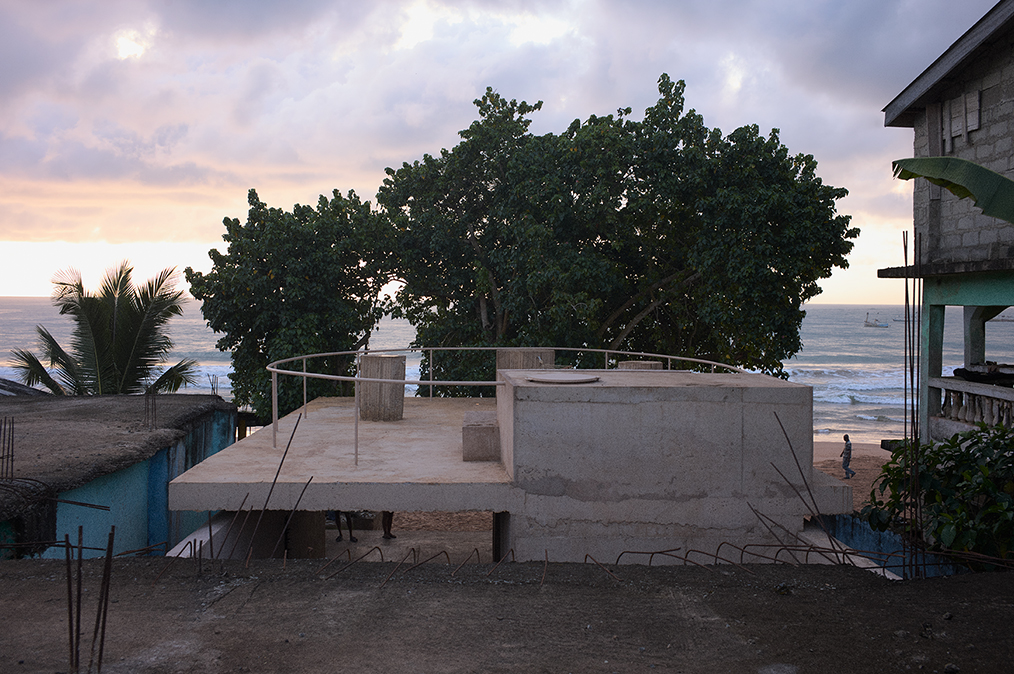 Surf Ghana collective’s refreshed home makes waves
Surf Ghana collective’s refreshed home makes wavesSurf Ghana collective in Busua has a newly redesigned HQ, a home for surfers and their community, courtesy of architects Glenn DeRoché and Juergen Strohmayer
By Ellie Stathaki
-
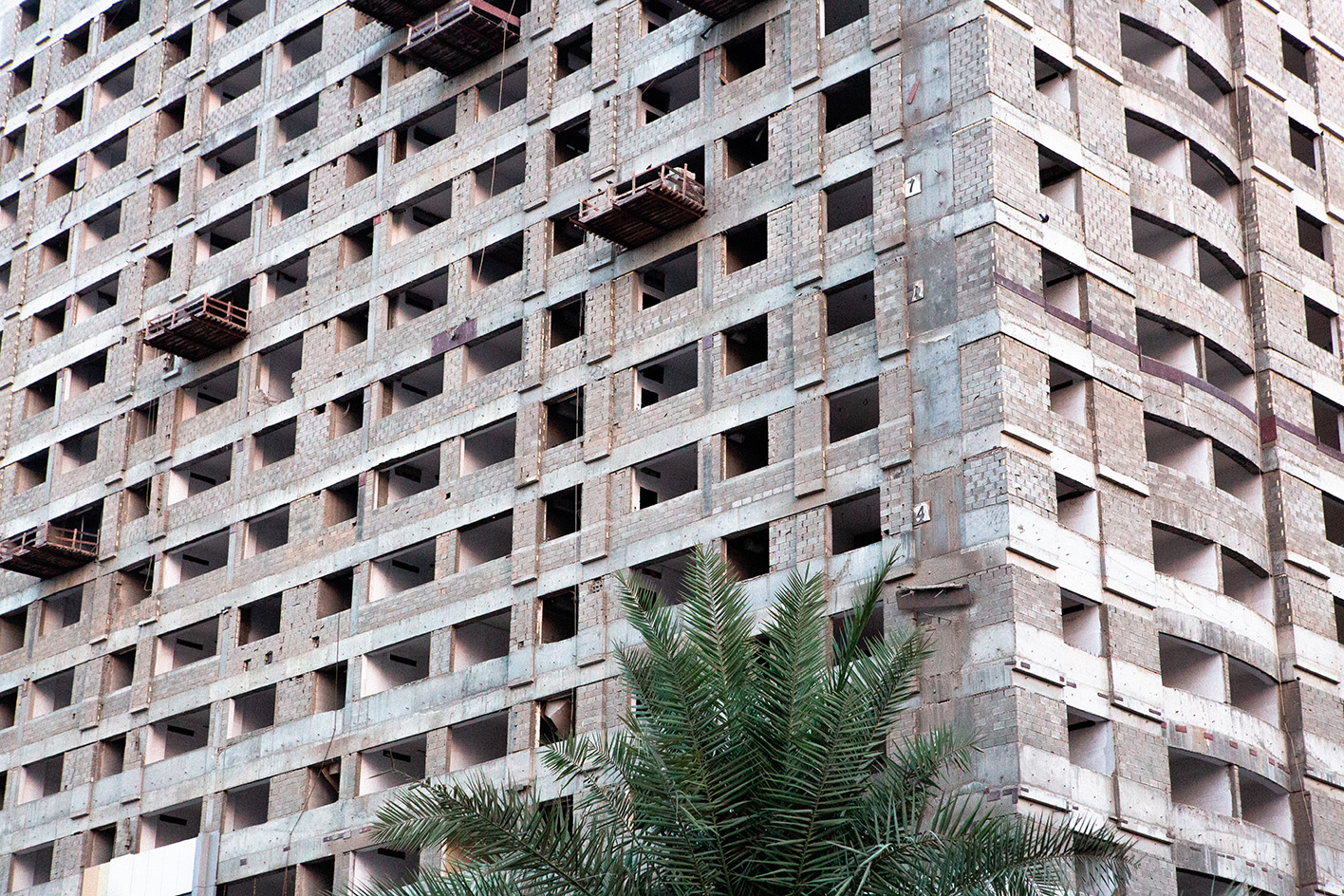 Limbo Accra from Ghana is a spatial design studio with a context-specific twist
Limbo Accra from Ghana is a spatial design studio with a context-specific twistLimbo Accra from Ghana is part of our series of profiles of architects, spatial designers and builders shaping West Africa's architectural future
By Ellie Stathaki
-
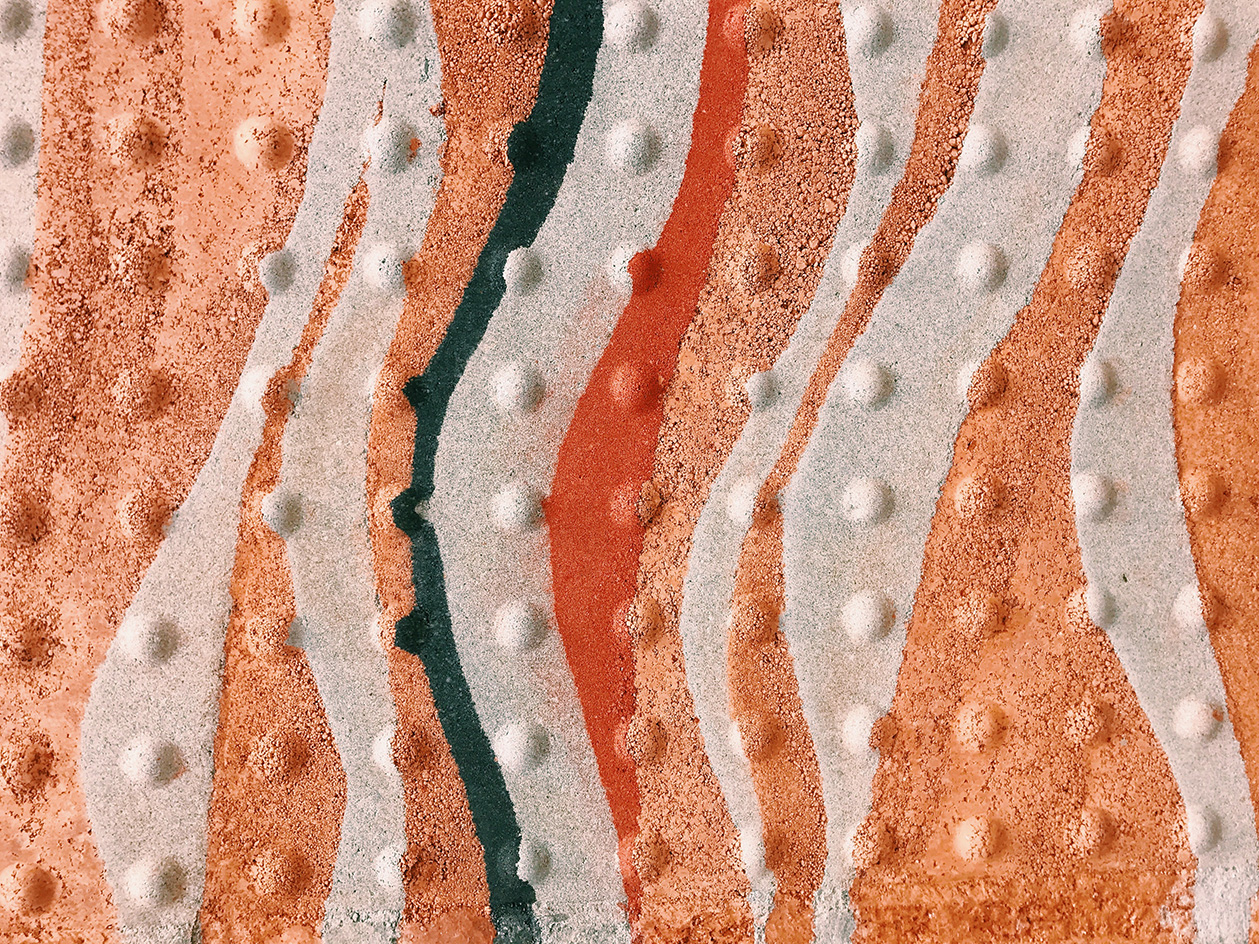 Hive Earth leads the charge in contemporary building with earth
Hive Earth leads the charge in contemporary building with earthHive Earth from Ghana is part of our series of profiles of architects, spatial designers and builders shaping West Africa's architectural future
By Ellie Stathaki
-
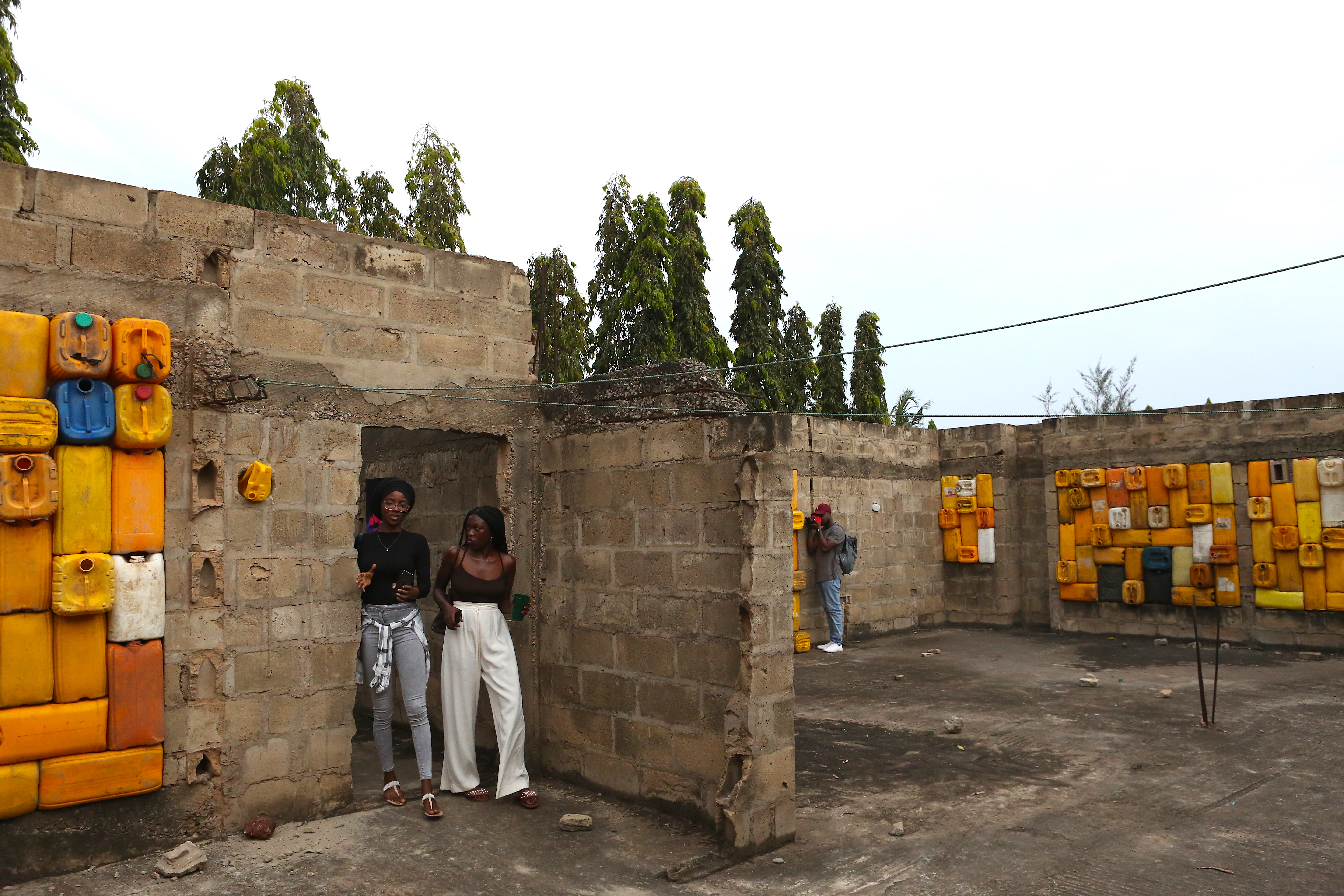 Limbo Accra nurtures discussion around urban space in Africa and beyond
Limbo Accra nurtures discussion around urban space in Africa and beyondWe hone in on the work of Limbo Accra, a pioneering, spatial design studio founded in Ghana that encourages a new wave of creative collaboration and co-production in Africa and its diaspora
By Nana Ama Owusu-Ansah